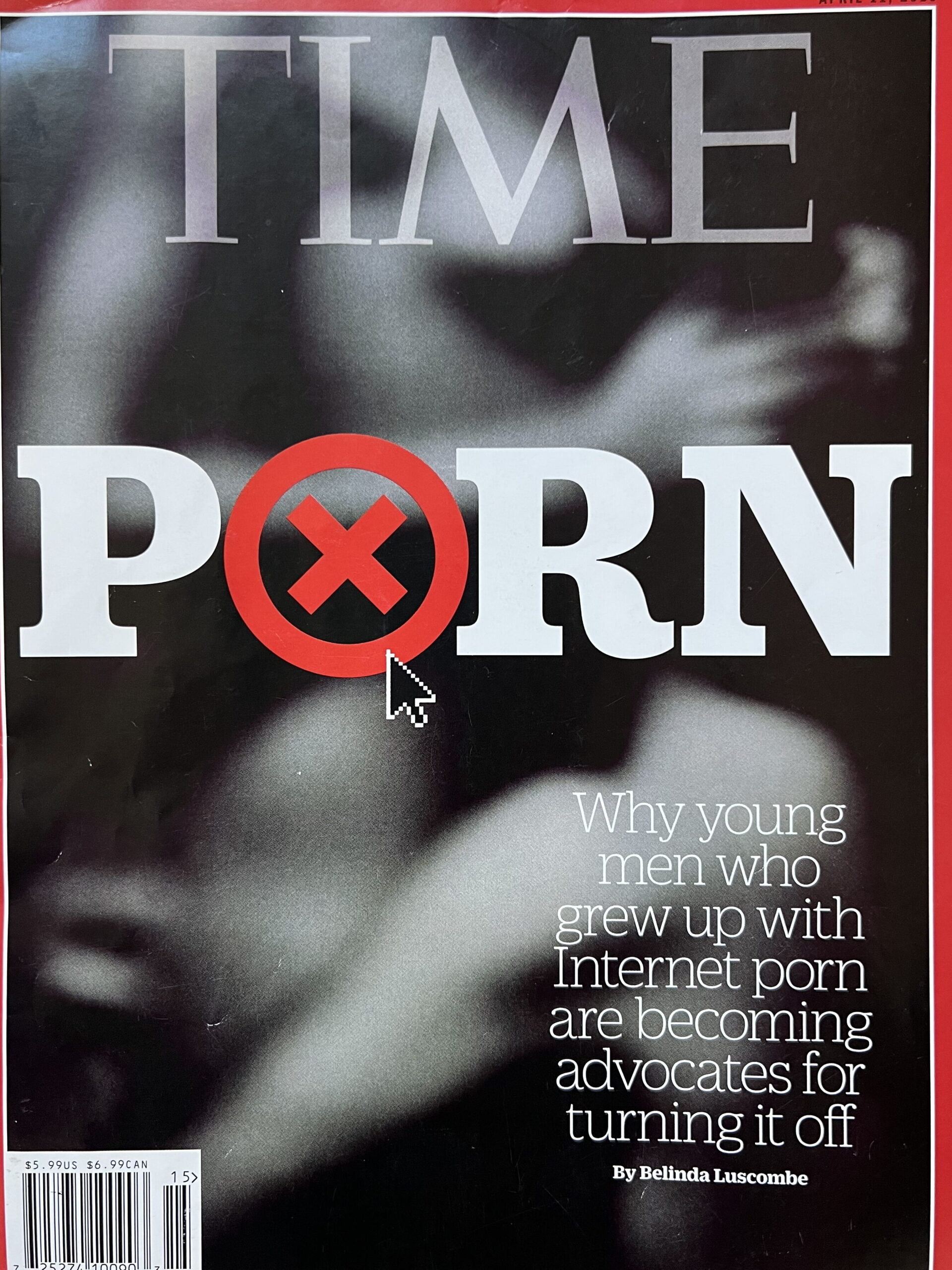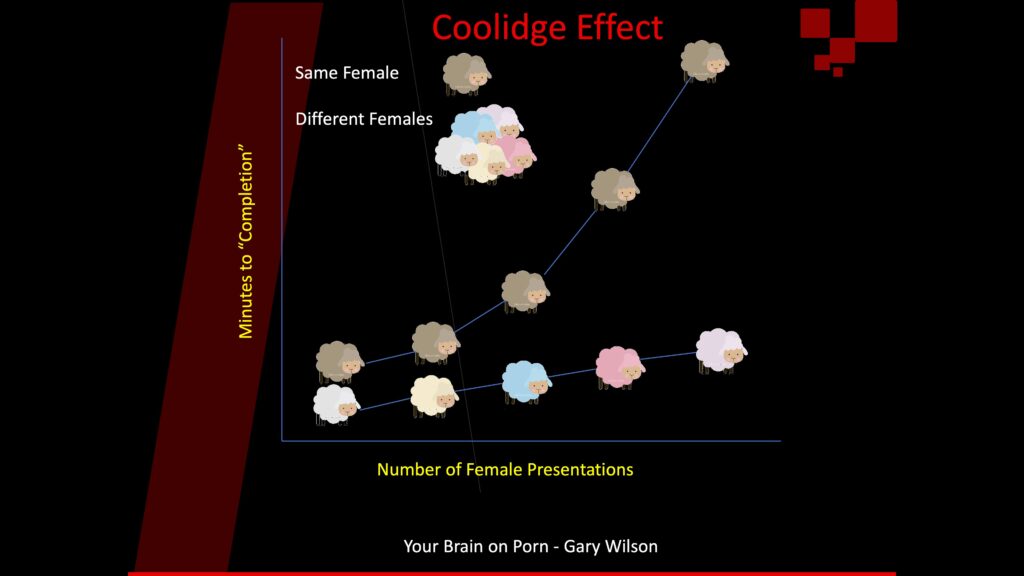I want to share my thoughts on an issue that is quietly reshaping our society: internet pornography and its effects on our minds. This topic is both highly relevant and deeply personal to me, as it ties directly to my research in addictions and resilience. It’s a subject that has gained attention, even in mainstream media like Time Magazine, which has explored why young men who grew up with internet porn are now advocating for quitting it. Over the years, I’ve come to understand how this modern phenomenon is influencing behavior, relationships, and mental health, and I’d like to walk you through my journey of discovering these truths.

For three years, I led a team of psychiatrists, psychologists, and physicians in studying addictive behaviors. This role put me at the center of discussions about everything from substance abuse to behavioral addictions. However, it wasn’t my intention to study internet pornography at first. It was my department head, Dr. Warren Klam, who pushed me in that direction. As an adolescent psychiatrist, Dr. Klam noticed that patients were increasingly reporting problems linked to pornography use. Their symptoms ranged from relationship struggles to mental health issues, and he believed it was important to explore these patterns.
At the outset, let’s clarify something: there’s no official clinical diagnosis for pornography addiction. The DSM, the diagnostic manual used by mental health professionals, doesn’t list it. But just because something isn’t formally classified doesn’t mean it isn’t real. History shows us that diseases like tuberculosis existed long before we knew how to define or diagnose them. Internet pornography is relatively new, and our understanding of its impact is still evolving.
In the past, accessing pornography required effort. You had to wait for a magazine to arrive in the mail or visit a store, which created natural barriers to overindulgence. These barriers also allowed for periods of “detox” between exposures. Today, those barriers are gone. Internet pornography is accessible 24/7, providing instant and unlimited stimulation. Videos, in particular, have a far more intense impact on the brain than static images ever could. It’s like digital crack, hitting the brain with an overwhelming rush of dopamine and reshaping neural pathways in the process.
Let me explain the neuroscience behind this. Dopamine, the neurotransmitter responsible for pleasure and reward, plays a central role in how pornography affects the brain. When we watch pornography, dopamine floods the brain, stimulating various hormonal pathways. Over time, this repeated stimulation creates tolerance. Just as a drug user needs larger doses to feel the same high, pornography users often find themselves seeking more extreme or novel content to achieve the same level of arousal. This escalation isn’t just theoretical; it’s something I’ve observed repeatedly in the cases I’ve studied.
My research, published in Behavioral Sciences under the title “Is Internet Pornography Causing Sexual Dysfunctions? A Review with Clinical Reports,” highlights these trends. The paper reviews over 150 academic studies and includes several case reports that bring these issues into sharp focus. Here’s a troubling trend we noticed: men under 40 are reporting erectile dysfunction, delayed ejaculation, and low libido at rates we’ve never seen before. Traditionally, these issues were associated with older men and physical health problems like hypertension or high cholesterol. Why, then, are younger men experiencing them?
The answer lies in something called the Coolidge Effect. This phenomenon explains how novelty drives sexual interest. In a classic study, researchers found that male animals, like sheep, would lose interest in the same mate over time. However, when a new mate was introduced, their sexual interest and performance would spike. This preference for novelty is deeply ingrained in the mammalian brain, and internet pornography exploits it to an unprecedented degree. With endless videos offering infinite variety, the brain’s reward system is pushed into overdrive, leading to escalation and, eventually, desensitization.

To illustrate this, let me share three cases from our research.
The first case involved a 20-year-old man who experienced erectile dysfunction during partnered sex after being away for six months. During his time away, he heavily used internet pornography. When he returned home, he found himself unable to perform sexually with his fiancée. Medical evaluations showed no physical issues, and we advised him to stop using pornography. Remarkably, within a month of abstinence, his sexual function returned to normal.
The second case was a 40-year-old man who began using pornography more frequently after his youngest child left for college. Initially, he only used it occasionally, but over time, he escalated to more graphic content. This led to difficulties in maintaining arousal with his wife and feelings of dissatisfaction in their relationship. Despite his best efforts, he couldn’t stop porn on his own, highlighting the addictive nature of his behavior.
The third case was a 24-year-old man admitted to an inpatient unit following a suicide attempt. During his evaluation, he revealed that he had been spending over five hours a day watching pornography, which had strained his marriage and left him unable to engage in intimacy with his wife. After deciding to quit pornography, he regained sexual function and began rebuilding his relationship.
These stories are not isolated incidents. Online forums like NoFap and websites like Your Brain on Porn are filled with similar accounts from men struggling with the effects of excessive pornography use. The problem is widespread, yet many are reluctant to seek help due to shame or embarrassment.
So, what are the broader implications of this issue? First, excessive pornography use can reduce sexual satisfaction and connection in real-life relationships. When people become accustomed to the artificial stimulation of pornography, real-life intimacy can feel less exciting or rewarding. This shift can lead to a breakdown in communication, trust, and overall relationship health.
Second, the constant pursuit of novelty in pornography can reinforce patterns of compulsive behavior, making it harder for individuals to break free. Over time, this can escalate into full-blown addiction, with all the associated mental health challenges.
As clinicians, we have a responsibility to address these issues. We need to educate ourselves about the signs of pornography-related dysfunctions and develop effective treatment strategies. This might include therapy, support groups, or even public awareness campaigns to reduce the stigma around seeking help.
If you’re struggling with these issues, here’s what you can do.
- First, have an honest conversation with yourself or your partner. Acknowledging the problem is the first step toward finding a solution.
- Second, try abstaining from pornography for 30 days to see if your symptoms improve. If they do, it’s a clear sign that pornography was contributing to the problem. If you can’t stop on your own, consider seeking professional help. Therapists specializing in addiction or support groups like Sex Addicts Anonymous can provide valuable tools and support.
- Third, if after abstinence, your erectile dysfunction does not improve, then seek a medical evaluation for physiologic and vasculogenic forms of erectile dysfunction.
In closing, I want to emphasize that this is a solvable problem. By bringing these issues into the open and fostering honest discussions, we can help people break free from the cycle of addiction and build healthier relationships. Let’s keep this conversation going, and together, we can make a difference.


Leave a Reply